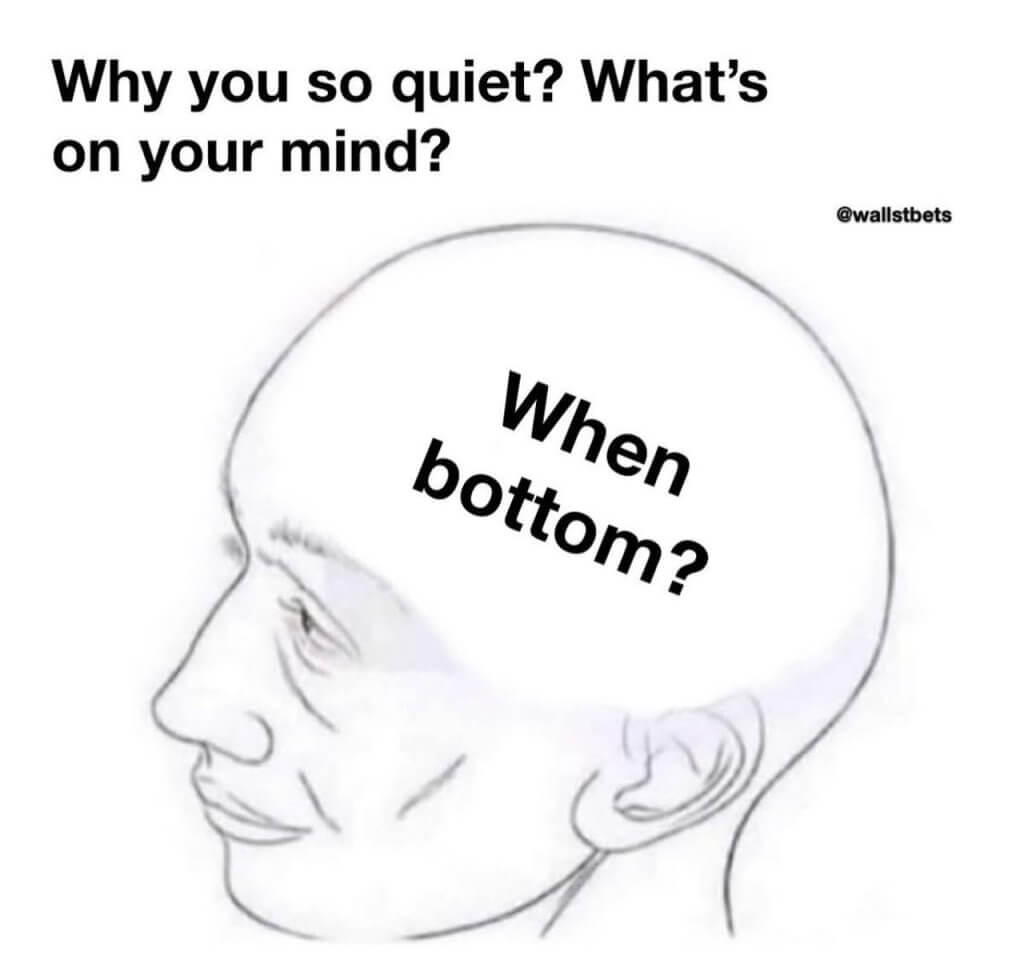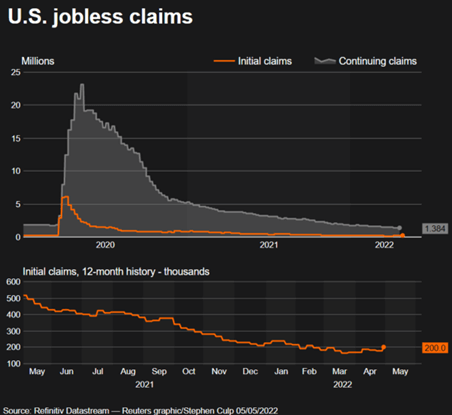
Stock Market Volatility Continues
Dear Traders,
Jarad and I did some excellent trading at the Open with another successful trading day in the Technology sector. QQQ in particular was volatile! Jarad traded AMC and TGT successfully and I traded AMD nicely. Watch our recap here for the review of our trading.
Today, I am hosting a Wednesday Psychology presentation at 8pm ET. I’ll walk through the do’s and don’ts of day trading, and what has helped me the most in trading over the years. Please join me if you are an Elite member. I am looking forward to having this conversation with all Elite members tonight.

Today’s Global News and Financial Recap
According to what we heard yesterday, to fight inflation, the financial tightening will continue if necessary, until even some people lose their jobs if needed. US central bank chair Jerome Powell talked tough on inflation Tuesday, saying that “no one should doubt” the Federal Reserve’s resolve to fight US inflation. “What we need to see is inflation coming down in a clear and convincing way, and we are going to keep pushing until we see that,” he told The Wall Street Journal. Over in the UK, smoldering inflation shows no sign of remitting, with the headline measure surging 9% in April, a level not seen since Margaret Thatcher was prime minister 40 years ago.
Elon Musk’s war with Twitter continues. The Twitter board said it plans to enforce its $44 billion agreement to be bought by Musk, saying the transaction is in the best interest of all shareholders. The proposed takeover includes a $1 billion breakup fee for each party, which Musk will have to pay if he ends the deal or fails to deliver the acquisition funding as promised. In summary, Elon did not buy Twitter, he only has the option of buying it at $54.20, and that option has cost him $1 billion.
Finland and Sweden officially submitted their applications to join NATO this morning, with the Nordic nations needing to overcome opposition from Turkey for their bids to succeed. Vladimir Putin said he sees no threat from the countries joining the military alliance. Neighbors joining NATO is probably far from the top of Putin’s list of problems today with the US set to block Russia’s debt payments after the current sanctions exemption ends on May 25, potentially pushing the country into its first foreign default in a century.
At Bear Bull Traders…
As I mentioned earlier in this newsletter, I will be leading a discussion at 8pm ET tonight for Wednesday Psychology. Tomorrow, for Thursday Mentorship, John is holding his mentorship session starting at 11am ET, Ed’s mentorship session begins at 4:30pm ET (with 30 minutes of after-hours trading commencing at 4pm ET), and Thor is up at 8pm ET.
And Finally…
Does the US central bank want people to lose their jobs? The answer is yes. High employment is really good for any economy, but when the economy becomes too good, and more jobs are being created than you can find employees, then the “cost of employment” goes up, meaning that employers will have to bid to hire people and employment costs will thus become more expensive. The higher price of employment will be passed on to the customers, and that is why we are seeing a higher price in services too. The cost of employment has gone up. For a $3 cup of coffee, for example, only 12 cents is the cost of the coffee itself. Labor is a major contributor to the cost at around 80 cents. If Starbucks or McDonald’s have to pay higher salaries for their employees, this will have a more inflationary effect than the actual cost of the coffee itself.
Yesterday, the Fed Chairman came up more hawkish, saying that the Fed was prepared to hike more until there was “clear and convincing” evidence that inflation was starting to roll over. He said the US central bank is willing to go past neutral in order to accomplish that, and he acknowledged that doing so may not be “painless”, as it may involve inducing a rise in the unemployment rate, which is to say layoffs.
The economy should not be in full employment mode, and there always needs to be some slack in the labor market. In other terms, capitalism is doomed to always leave some people behind for a functioning and prosperous economy for others. That theory is not new, nor does it belong to the modern left or right, nor is it a Democrat or Republican issue. It goes back to the early 19th century. The first systematic explanation of such economic crises was the 1819 publication of Nouveaux principes d’économie politique by Jean Charles Léonard de Sismondi, where he predicted a crisis would follow a period of prosperity. Karl Max in 1867 expanded on that in his Das Kapital, a book that was the most cited publication before 1950 in the social sciences field.
On this note, it may be worth paying attention a bit more to what we’re already seeing in the labor market. We know just based on news reports that tech companies are cutting back on hiring and some startups have announced layoffs. Even some larger companies (like Netflix, reportedly) are trimming workers. And, in fact, we’ve seen weekly Initial Jobless Claims drift up since the middle of March. Nevertheless, we’re still seeing a robust pace of hiring. But it’s time to start watching that weekly claims number a little more closely. Slowing inflation through the employment channel is a key way the Fed operates. That number is already ticking up. We’ll see how far up it can go.
We cannot control Russia’s war in Eastern Europe, nor China’s lockdowns, so the only way to tame inflation is to control the labor market at home.
We will only see lower inflation if less people get hired or more people get fired, and the Fed is prepared to tighten the financial markets until this is achieved.
To your success,
Andrew
PS: If you have not already, I urge you to try out our free web-based trading simulator at stocktradingsimulator.com. It’s conveniently available 24/7, whenever you have time to practice honing your trading skills.







